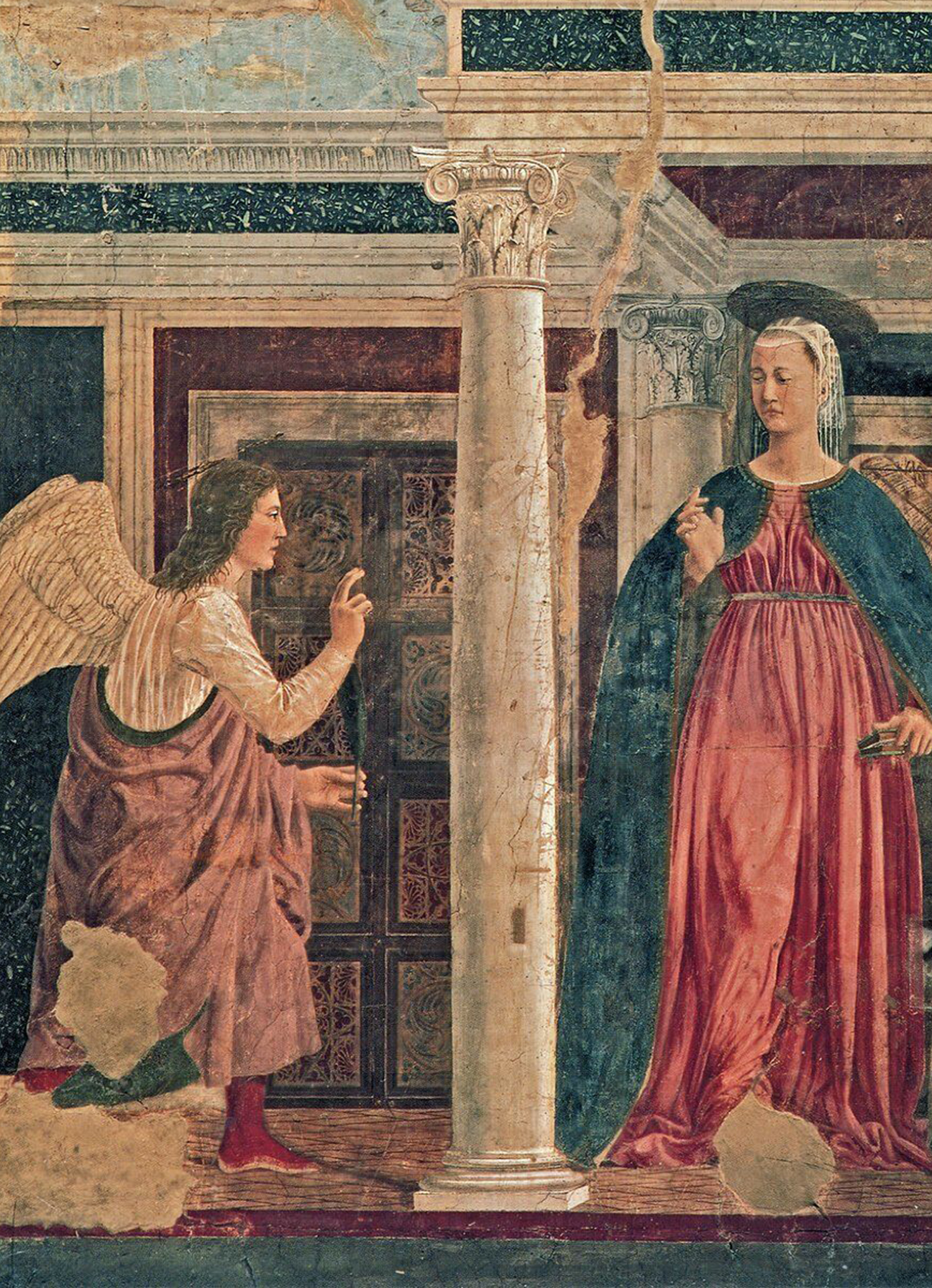
Philosophical Aesthetics of Graphic Design: Introduction
Author: Huai-An Hsing
M.A., Institute of Philosophy of Mind and Cognition, National Yang-Ming University
Since 2019, I have served as the academic advisor for the Taipei Art Direction & Design Association, offering philosophical consultations on design discourse, curation, and related topics. This collaboration has led to the development of this series of articles. The purpose of philosophy has long been a subject of debate, as philosophers often grapple with proving its utility or defending it against misuse. In Taiwan, where the development of philosophy is relatively constrained compared to Europe and America, pursuing philosophical thought without catering to specific expectations, while introducing its value to other disciplines, often remains an ideal rather than a reality. I hope this collaboration represents an attempt to explore what philosophy can offer in the practical and results-oriented domain of design.
However, even asking “What can philosophy do?” reflects a certain bias. By framing the question this way, we impose a predefined purpose on philosophy, potentially misrepresenting its nature. Philosophy’s role is to abstract from practice, aiming to discern “what this is” and “how it might be accomplished.” Thus, philosophy is not bound to achieve any particular outcome, at least not in the conventional sense. We are accustomed to assessing value through tangible results, yet philosophy often provides moments of pause and emptiness—spaces to step back, examine current practices, and identify overarching principles. This reflective process helps us determine better courses of action moving forward.
In these articles, I will use the methods of analytic philosophy to explore the aesthetics and meaning of graphic design. This vast topic encompasses numerous perspectives, but I aim to address some significant aesthetic questions within the constraints of this format. For instance, what is beauty? How can we evaluate aesthetic value? My goal is to make these discussions accessible to readers across disciplines, demonstrating philosophy’s capacity to offer insights. To this end, I will forgo some of the detailed technical debates intrinsic to analytic philosophy to present a broader understanding. This does not diminish the importance of those debates; analytic philosophy relies on rigorous argumentation to establish itself as a precise method. Yet, such insistence on technicalities can sometimes alienate outsiders, obscuring the deeper insights analytic philosophy provides. I hope readers will focus less on determining whether the analyses are “right” or “wrong” and more on understanding the meaning and implications of such analyses.
Graphic design is the practice of guiding perception, with visual experience occupying a central role in our sensory world. 1
1
W.T.J. Mitchell has differentiated the concepts of image and picture. In simple words, a picture is a concrete and material creation, while an image is an abstract entity we experience from the picture. Refer to Mitchell (2015), Chapter II. Please note that pictures are mainly mentioned in the most of this article instead of the concept of images.
From the moment we open our eyes—or even in our dreams—our actions are directed by visual stimuli. We see what we wish to see and act accordingly, driven by a persistent desire to see. This desire shapes how we create and consume, responding to the messages conveyed through visual experiences. From painting to photography, humanity has expressed sacred and worldly beliefs, reproduced and reimagined desires, and interrogated the world through graphics. These endeavors have forged a culture rooted in visual communication, where the desire to see both fuels and is molded by visual culture.
Through the market, images circulate rapidly, exerting significant influence. To navigate this market, images often seek assistance from other images. Graphic design manifests in myriad forms—posters, brochures, magazine covers, trademarks, and more. Yet, its purpose is not merely to entice consumption but to offer choices. Amid the abundance of visible things, we ultimately decide what to focus on. Visual messages propagate because we choose not to see others. Graphic design captures our attention, and in doing so, shapes our visual culture.
The evolution of graphic design mirrors advancements in artistic mediums—from paint and printmaking to digital software. Philosophical aesthetics offers a lens to examine graphic design within the visual culture and techniques of different eras. This perspective reveals the desires underlying consumption and the motivations behind the creation and reproduction of images. Engaging in philosophical reflection on aesthetic value leads, through dialectical progression, from aesthetic appreciation to ethical considerations. Ethics, after all, negotiates the tension between desires and external constraints. By refining our ethical sensibilities through aesthetic evaluation, we can envision a richer, more thoughtful visual culture—one guided by the insights gleaned from graphic design. 2
2
I want to thank Szu-Yen Lin, Po-Wei Wang, Ying-Tung Lin, and Hsing-Kai Peng for the numerous discussions with me on the draft of this article, as well as for providing important suggestions for the content and the writing.
References
Mitchell, W. J. T. (2015). Image science. University of Chicago Press.
Mitchell, W. J. T. (2015). Image science. University of Chicago Press.
Copyright © 2019–2024 Taipei Art Direction & Design Assoc. All rights reserved.
Website designed and developed by Yaode JN︎︎︎. Running on Cargo︎︎︎.
Website designed and developed by Yaode JN︎︎︎. Running on Cargo︎︎︎.
Copyright © 2022 Taipei Art Direction & Design Assoc. All rights reserved.
Website designed and developed by Yaode JN︎︎︎. Running on Cargo︎︎︎
Website designed and developed by Yaode JN︎︎︎. Running on Cargo︎︎︎
